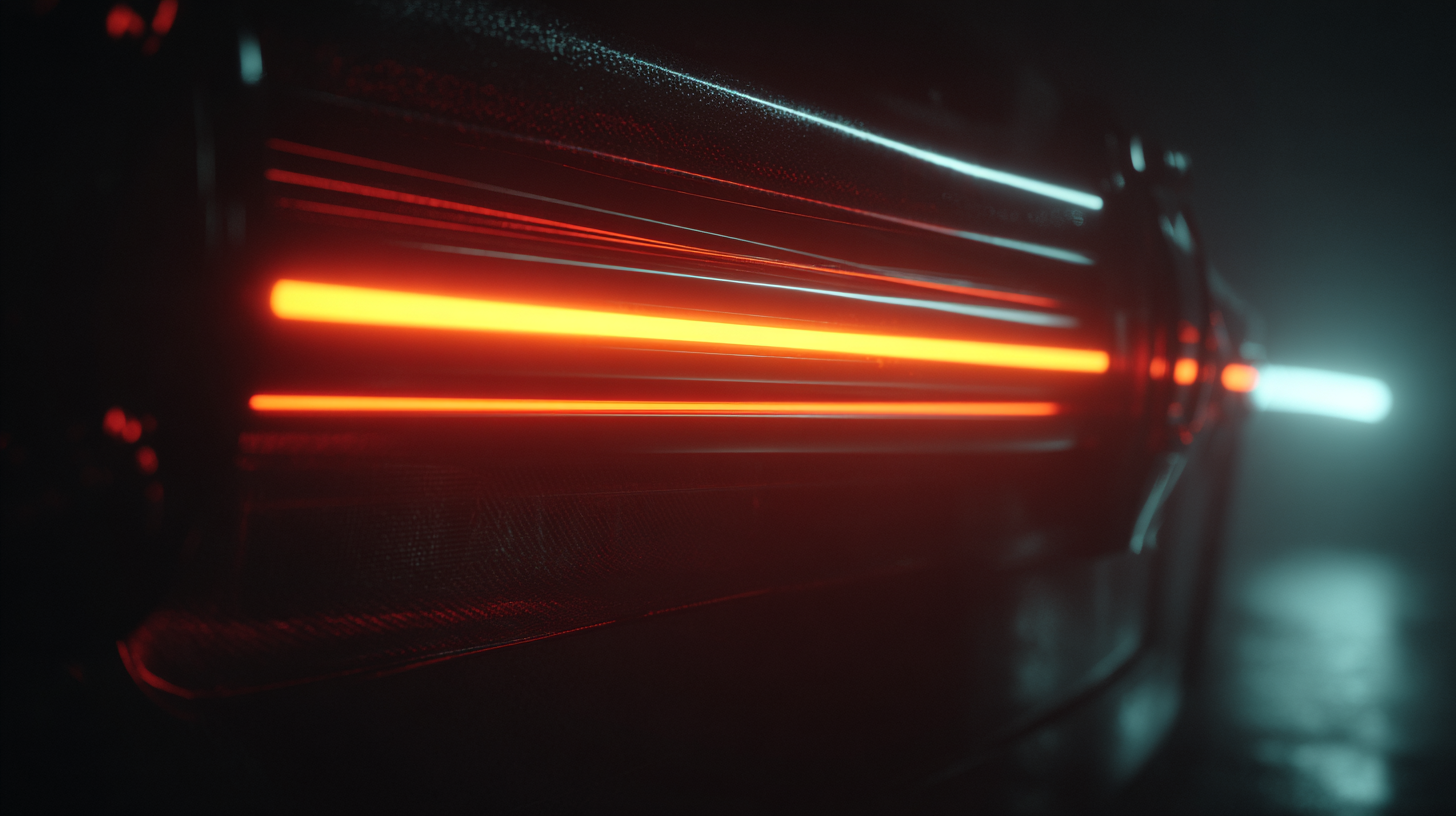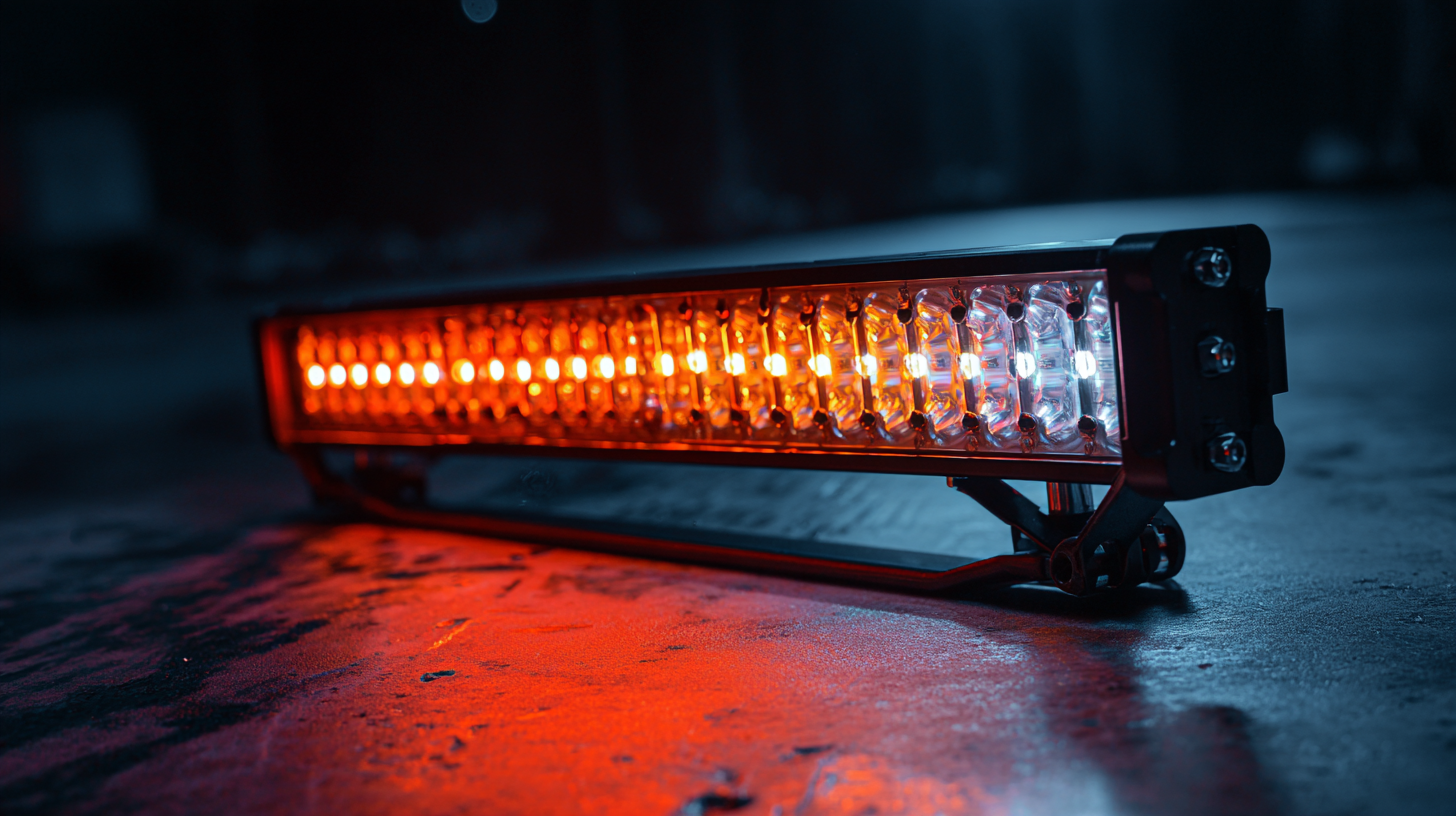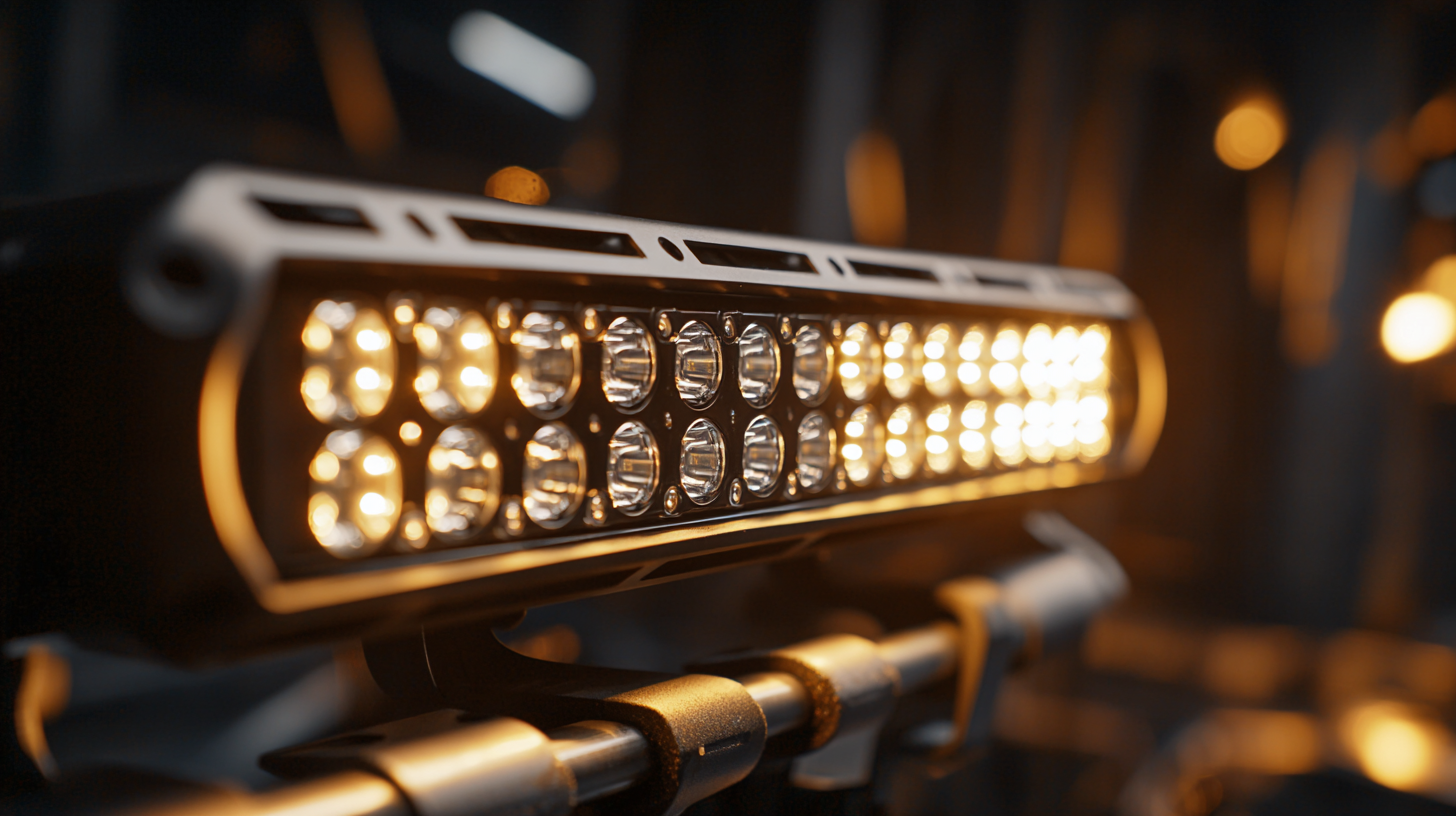As the demand for efficient illumination continues to rise, industries around the globe are increasingly turning to innovative solutions like the Light Bar. According to a recent report by MarketsandMarkets, the global LED lighting market is projected to reach $160 billion by 2026, driven by advancements in technology and an emphasis on energy efficiency.

Light Bars, with their ability to provide high-intensity, uniform lighting while consuming minimal energy, are becoming a preferred choice in various sectors, including automotive, construction, and outdoor activities. Furthermore, as environmental regulations tighten and sustainability becomes a focal point, the importance of industry certifications in ensuring compliance and quality standards cannot be overstated. With the right certifications, manufacturers can significantly enhance their market position while addressing the escalating consumer demand for eco-friendly and efficient lighting solutions.
When it comes to selecting the right light bar for your needs, there are several key factors to consider to ensure efficient illumination. First, assess the primary purpose of the light bar: is it for off-road adventures, illuminating a workspace, or enhancing home aesthetics? Each application has distinct requirements for brightness, beam pattern, and durability. For off-road enthusiasts, opt for rugged models with high lumen output and focused beam patterns to navigate tough terrains. Conversely, for indoor use, softer light bars with adjustable brightness settings may be more suitable.
Additionally, the mounting type and power source should align with your specific setup. Light bars come in various sizes and styles, from compact LED strips to larger, more powerful models. Ensure that the chosen light bar is compatible with your vehicle or installation area. Moreover, features like waterproof ratings and energy efficiency can enhance longevity and minimize energy costs. By carefully evaluating these aspects, you can choose a light bar that not only meets your illumination needs but also complements your lifestyle.
When exploring the future of efficient illumination, high-quality light bars stand out as essential tools for enhancing both workspace and leisure activities. A key feature to consider in these light bars is versatility. For instance, the best options come equipped with auto-dimming capabilities and adjustable brightness levels, accommodating a range of tasks from reading to video editing. This adaptability not only reduces eye strain but also optimizes the lighting environment for any setting.
Another crucial aspect is the ability to offer various color temperatures. Customers should look for light bars that present multiple options, allowing users to choose the ideal light for different times of the day and activities. Reports indicate that quality light fixtures can significantly impact productivity and mood, making it important to select models that eliminate screen glare and enhance visual comfort.
**Tips:** When shopping for a light bar, check for features like smart controls that integrate with your existing technology, ensuring you can customize your light settings easily. Additionally, consider the aesthetics; a good light bar should not only perform well but also complement your workspace decor. Lastly, keep an eye on market trends—recent forecasts suggest continuous growth in lighting solutions, so investing in durable and high-quality products is a wise choice for future-proofing your setup.
| Feature | Importance | Description |
|---|---|---|
| Lumens Output | High | Measures the brightness of the light bar, higher lumens mean brighter light. |
| Color Temperature | Medium | Indicates the hue of the light, ranging from warm yellow to cool blue. |
| Energy Efficiency | High | Refers to how much light is produced per watt of energy consumed. |
| Durability | High | Resistance to elements like water, dust, and shock, ensuring long lifespan. |
| Beam Angle | Medium | Wider angles cover more area but can reduce intensity; narrow angles focus light. |
| Installation Flexibility | Medium | Ease of installation in various settings, important for user convenience. |
| Heat Management | High | Features cooling systems to prevent overheating, enhancing performance and lifespan. |
 When it comes to enhancing visibility during nighttime off-roading adventures, investing in the best light bar can significantly improve your safety and enjoyment. However, to ensure optimal performance and longevity of your light bar, installation is key. Proper placement can maximize illumination and minimize glare, allowing you to see the trail clearly without disturbing other drivers.
When it comes to enhancing visibility during nighttime off-roading adventures, investing in the best light bar can significantly improve your safety and enjoyment. However, to ensure optimal performance and longevity of your light bar, installation is key. Proper placement can maximize illumination and minimize glare, allowing you to see the trail clearly without disturbing other drivers.
One essential tip for installation is to mount the light bar at a height that strikes a balance between visibility and aerodynamics. Positioning it too high can lead to excessive glare for oncoming vehicles, while mounting it too low may not effectively illuminate the road ahead. Additionally, ensure that the light bar is securely fastened to withstand rough terrains and harsh weather conditions.
Lastly, consider wiring management during installation. Keeping wires organized not only enhances the aesthetics of your setup but also prevents wear and tear that could lead to electrical issues. Utilize protective sleeves and clips to secure the wiring and avoid any potential hazards during your trips, ensuring that your light bar performs at its best whenever you need it.
When it comes to enhancing visibility, effective light bar placement is crucial for maximizing illumination and ensuring safety in various driving conditions. One primary consideration is the height at which the light bar is mounted. A higher installation provides a broader beam spread, making it easier to illuminate a wider area. However, it’s essential to strike a balance between height and ensuring that the light isn’t blinding for oncoming traffic. Adjustments for different terrains, such as hilly or flat landscapes, can further enhance visibility and performance.
Another critical strategy involves the angle of the light bar. A correctly angled light bar helps direct light where it's needed most, providing optimal visibility without creating glare. For instance, tilting the bar slightly downwards can enhance roadside visibility, aiding in spotting potential hazards during night drives. Additionally, considering the type of light—whether it's LED, halogen, or another option—can also influence placement decisions. Each type offers specific advantages regarding brightness, energy efficiency, and longevity, which should align with the intended usage of the vehicle. Taking these strategies into account will lead to improved visibility and a safer driving experience.
The advent of modern illumination technologies has ushered in a new era of energy efficiency and sustainability. As consumers become more environmentally conscious, the demand for light bars that not only provide ample brightness but also minimize energy consumption has surged. LED light bars, in particular, are leading the way in this transformation. They consume significantly less power compared to traditional lighting solutions while offering longevity and durability, making them an ideal choice for both residential and commercial applications.
Moreover, sustainable illumination goes beyond mere energy savings. It encompasses the use of eco-friendly materials and manufacturing processes. Many companies are now prioritizing the creation of light bars that are not only effective but also produced with a minimal environmental footprint. By investing in energy-efficient lighting, users contribute to reducing greenhouse gas emissions and decreasing reliance on non-renewable energy sources. As the technology continues to evolve, we can expect to see even more innovative solutions that enhance our living and working spaces, all while aligning with sustainability goals.

